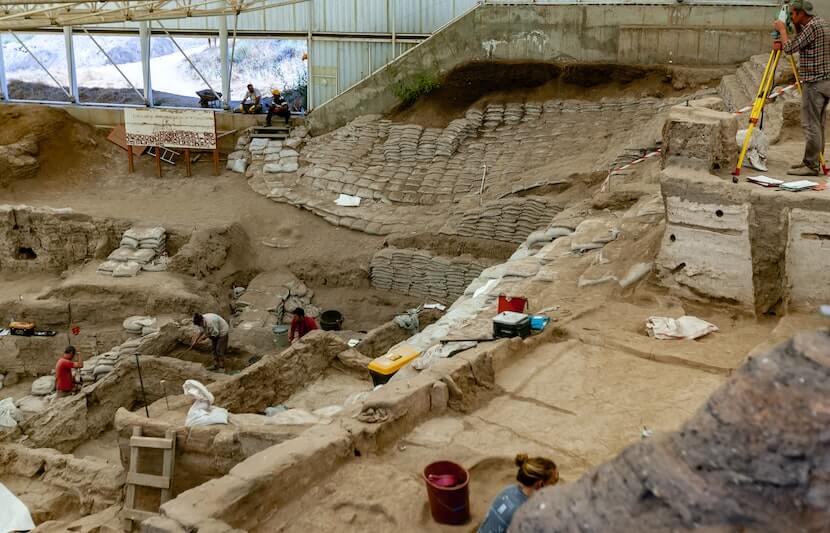A team of archaeologists’ recent discovery and analysis of 115,000-year-old bone tools suggests that prehistoric humans were more sophisticated than previously thought.
Marks on the bones propose that humans living in China during the early Late Pleistocene knew how to use bone to construct tools out of carved stone. The findings also may suggest that these humans were not Homo sapiens — modern humans — or Neanderthals.
The full study is published in the journal Plos One.
Similar bone artifacts have been found in Africa, the rest of Eurasia, and the Levant, so the recent findings in China allow researchers to further compare prehistoric populations.
“This is a first in this area of the world,” said Luc Doyon, graduate researcher in the Université de Montréal’s Department of Anthropology and co-author of the study.
“These tools are associated to an occupation of the site by hominins that were contemporaneous of the Neanderthals that lived in Europe and of Homo sapiens that lived in Africa,” he continued. “These bone tools inform us on a new dimension to the technological behaviour of these populations.”
Previously, researchers assumed that humans inhabiting China during this time period used tools carved solely from stone. This new study proves differently.
“Prior to our study, the oldest bone tools from China were from contexts dated to 35,000 years before present and consisted of projectile points,” said Doyon. “We therefore push back the use of bone by 80,000 years.”
The Tools
At the Lingjing site in central China’s Henan province, the team of archaeologists conducted their analysis on seven bone fragment tools that were buried 10 meters underground and dug up between 2005 and 2015.

The site, in prehistoric times, was a common water spring for animals. The natives would often use the spring as place to hunt and butcher those animals.
The researchers separated the seven artifacts they found into three separate types of bone tools, known as soft hammers, used to modify stone.
The first type of tool was constructed from fragments of weathered limb bones and was used to focus on a single area of stone.
The second type came from the long bone flakes that resulted from the dismemberment of large mammals. These pieces were used for sharpening and quick retouching of stone tools.
The third bone tool came from the antler of an axis deer, and was likely used for percussing blank slates of stone.
It remains undetermined whether the tools belonged to the Neanderthals or the Homo sapiens living in central China’s Henan province at the time.
“The Lingjing site yielded two incomplete human skulls that suggest interbreeding between this species and Neanderthals,” Doyon said in a statement. “But this is a hypothesis that remains to be confirmed through further investigation, such as paleogenetic studies.”
Future Studies
This study was initiated while Doyon was working at the same site on a project aimed at reassessing the anthropogenic nature of modifications observed on bones, he explained.
Helping Doyon analyze the bone fragments in this most recent study were his colleagues Francesco d’Errico from the Université de Bordeaux, Li Zhanyang from Shandong University, and Li Hao from the Chinese Academy of Sciences.
Starting May 1, Doyon will pursue a postdoctoral fellowship at Shandong University to conduct a more in-depth analysis on the bone tools.
“In the last project, we only studied a limited sample from the site,” said Doyon. “We will likely find more bone retouchers. We will also compare them to other similar bone tools that were used to knap stone, both experimental replicas and archaeological specimens, in order to document the archaic hominins handedness.”
“This study is important because the preferential bias to the use of the right hand is specific to our species,” he continued. “It is therefore important to understand how this bias evolved in our genus.”



